Question
How does pure competition differ from other basic market models? The other basic market models are pure monopoly, oligopoly, and monopolistic competition. These market models
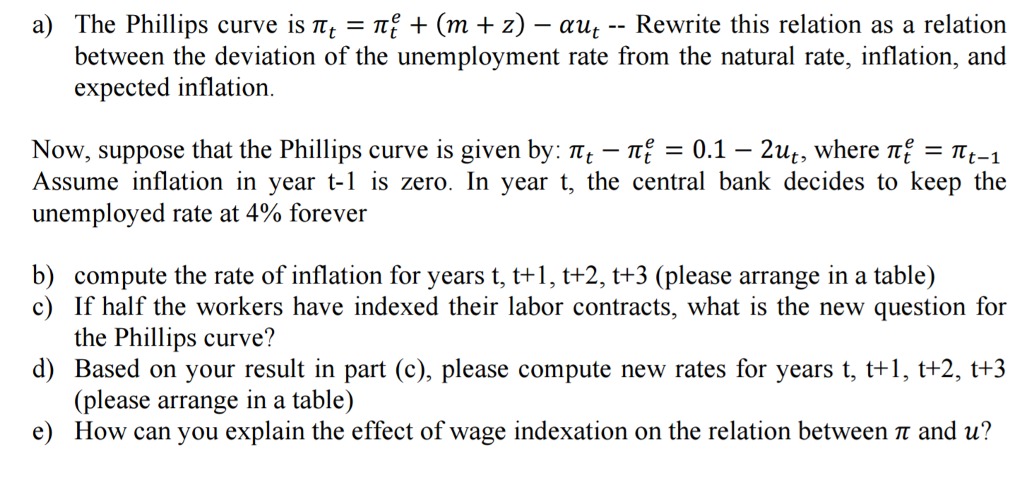
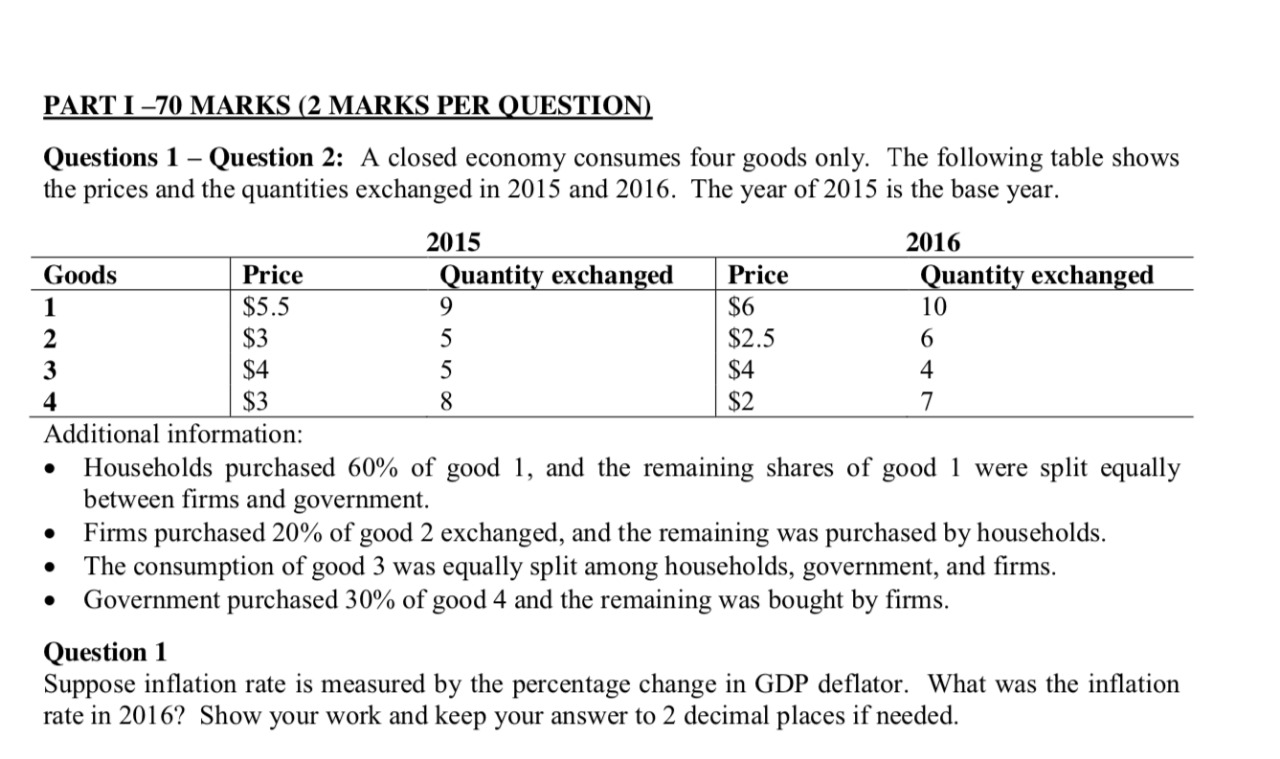
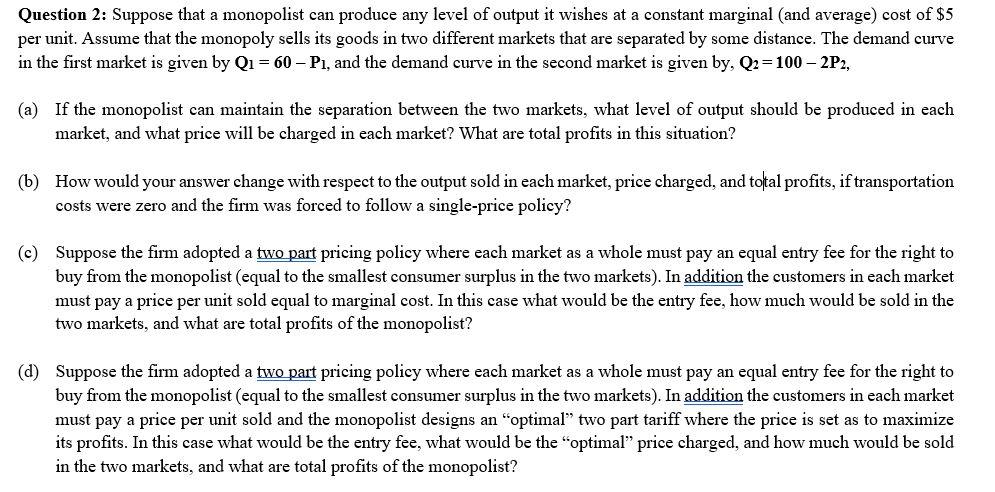
How does pure competition differ from other basic market models?
The other basic market models are pure monopoly, oligopoly, and monopolistic competition. These market models differ from each other on the basis of: (1) ___________________ ; (2) the type of product; (3) control over price; (4) ________________ ; and (5) nonprice competition.
( ___________________ ) is a market structure with a large number of independent firms selling a ( standardized, differentiated ) product. The individual firms are " price ____________" and have no control over price because they must accept the market price for the product. Nonprice competition is not present because firms are selling a (homogeneous, heterogeneous) product at the market price. The conditions of entry into (or exit from) this industry are easy.
( _____________________ ) is just the opposite of pure competition in many ways. First, there is only one firm, not many individual firms. Second, the firm produces a unique product for which there are ( no, some ) close substitutes, not a standardized product that can be produced by many firms. Third, the firm has considerable control over price, and operates as a "price __________ " rather than a "price taker." Fourth, there are extensive barriers to entry into the industry and some degree of nonprice competition such as ___________________________.
( _________________ ) is more similar to pure monopoly in its operation and therefore differs markedly from pure competition. Under this, there are a few large firms that dominate an industry rather than a large number of relatively small firms. The firms can produce a standardized or a differentiated product rather than just a standardized product. Oligopolistic firms have some degree of price making power, although it is limited by the mutual interdependence in the industry. The entry obstacles are high and nonprice competition is present with oligopolies producing (differentiated, undifferentiated) products.
( __________________________ ) is the market structure that is closest to pure competition, although it differs from pure competition in several respects. Under this, competitors sell ( standardized, differentiated ) products, and therefore use ( price, nonprice ) competition along with some limited price competition to sell products. There are many monopolistically competitive firms, in part because entry conditions tend to be relatively easy, but the number of firms is substantially less than the thousands found in pure competition where the entry conditions are easier.
Now find a correct market model (or structure) for each questions below:
A one-firm industry is known as___________________.
Economists would describe the U.S. automobile industry as _______________.
Agriculture is the most close approximate of _________________.
An industry comprised of 40 firms, none of which has more than 3 percent of the total market for a differentiated product is an example of _____________________.
How would you describe the demand curve for the purely competitive firm? For the industry?
The demand curve for the individual competitive firm is ( perfectly elastic, inelastic) . The firm can sell all the output it can produce at the competitive market price because each firm accounts for only a negligible share of the market. There is no reason for the firm to lower price to sell more, nor can the firm obtain a higher price by restricting output. But, market or industry demand curve is (vertical, upsloping, downsloping ). Consumers will only purchase greater output for the entire industry at a lower price, but less output can be sold to consumers at a higher price.
Why can't an individual firm raise its price by reducing output or lower its price to increase sales volume in a purely competitive market?
One of the key reasons that an individual firm can't raise prices or decrease prices to increase sales volume is the fact that firms in a purely competitive market are "price ____________". This occurs due to the large numbers of firms in the market. As a result, individual firms face (perfectly elastic, inelastic) demand. This means that a firm can produce as little or as much as it wants and still receive the same price. Thus, the firm ( can, cannot ) raise prices by restricting output or lower prices to sell a greater level of output.
What is the difference between average, total, and marginal revenue? What is the shape of the total and marginal revenue curves for the individual competitive firm?
( ___________________ ) is the amount of money the firm receives per unit of sale. ( ________________ ) is the market price times the quantity that the firm can sell. ( _________________ ) is the change in total revenue from selling one more unit of output. The marginal revenue (MR) curve for the individual competitive firm is a ( vertical, horizontal ) straight line because there is a constant change in total revenue from selling one more unit of output. The total revenue (TR) curve is a(n) ( downsloping, upsloping ) straight line. Market price is constant and multiplied by an increasing amount of quantity sold.
Why does price equal marginal revenue for the purely competitive firm? What is the relationship to the demand curve for the firm?
The purely competitive firm is a "price-taker" in the market. The price it receives for its output is constant and does not vary across its range of output. ________ _________ is defined as the change in total revenue from selling one more unit of output. One more unit of output will be sold at a constant, market-determined price. Thus, price will be (greater than, equal to, less than) the marginal revenue (MR) for the firm. Also, the firm's demand curve will be perfectly elastic because no matter how much or how little the firm produces it will receive the same price per unit of output. So, demand (greater than, equal to, less than) price and marginal revenue (MR).
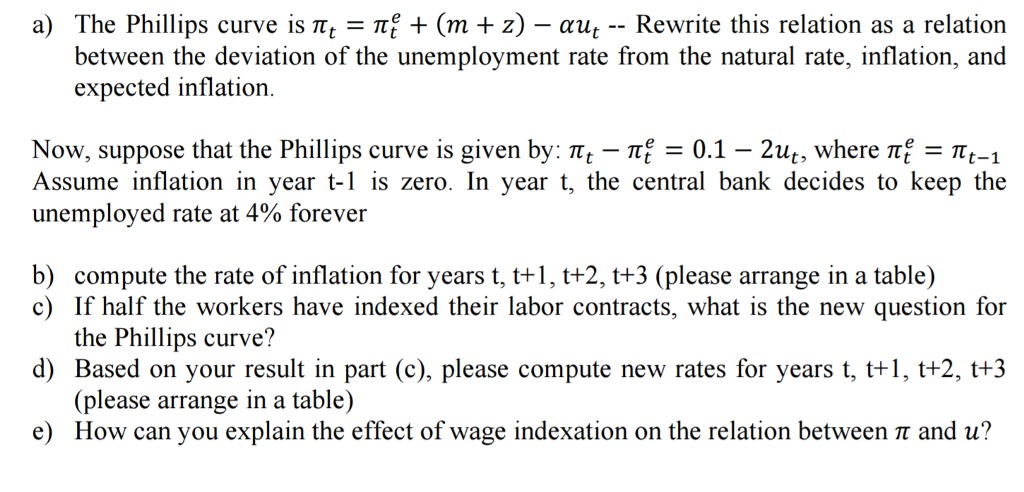
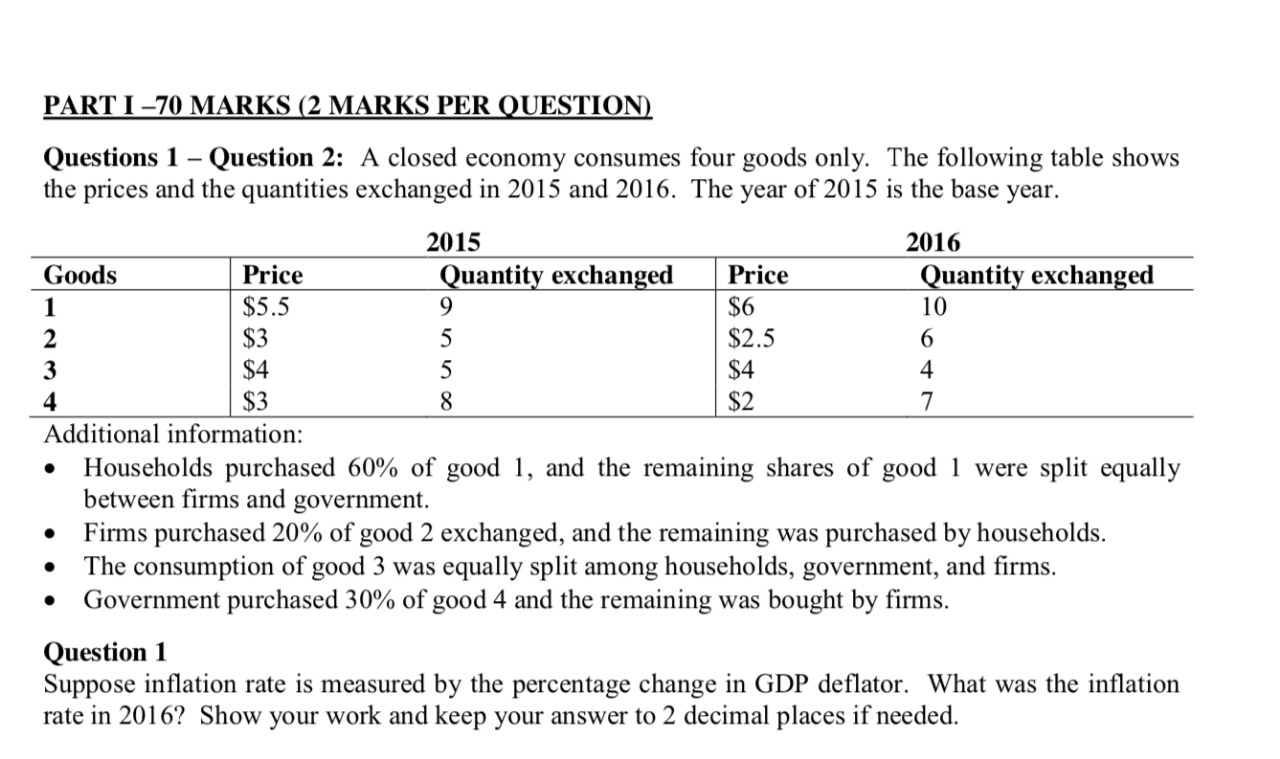
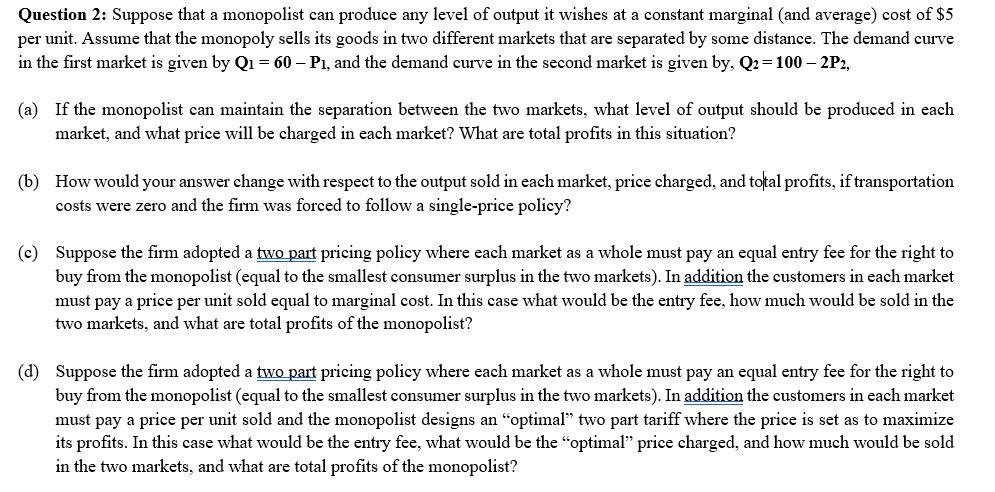
Step by Step Solution
There are 3 Steps involved in it
Step: 1

Get Instant Access to Expert-Tailored Solutions
See step-by-step solutions with expert insights and AI powered tools for academic success
Step: 2

Step: 3

Ace Your Homework with AI
Get the answers you need in no time with our AI-driven, step-by-step assistance
Get Started


